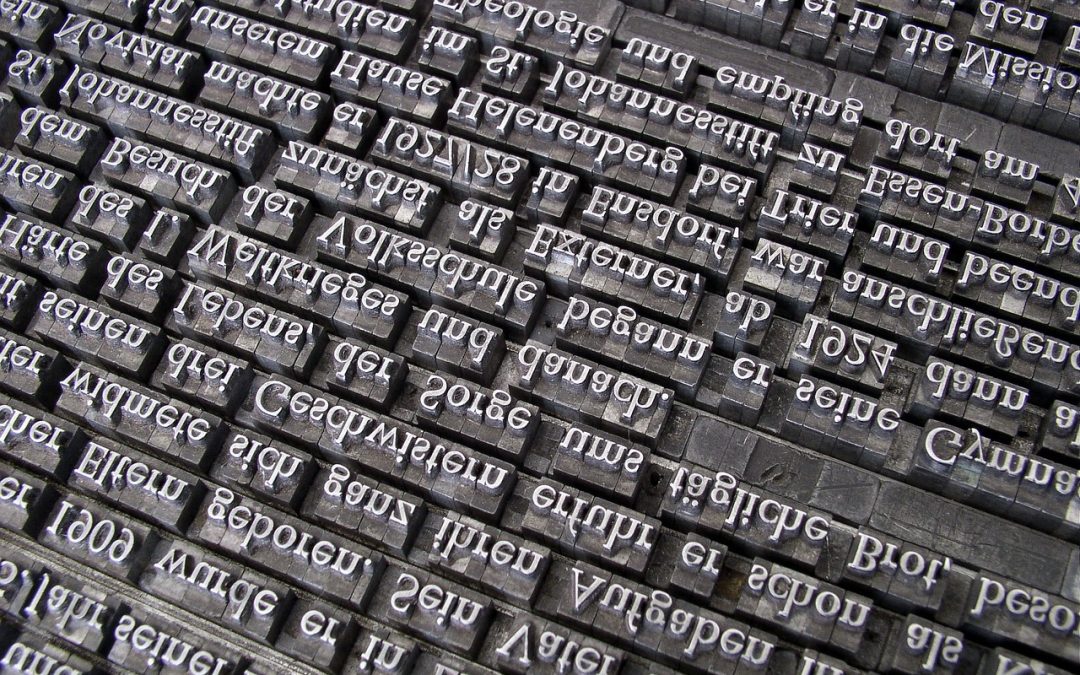As writers, we pour our hearts and souls into crafting our chapbooks, and when it comes to self-publishing, the design elements can make all the difference in bringing our work to life. A well-designed chapbook can elevate the reader’s experience, make your work stand out, and even impact the chances of getting noticed by publishers and readers alike. So, what are the essential chapbook design elements you should focus on?
Typography and Fonts
Typography is one of the most critical aspects of chapbook design. The right font can convey the tone, mood, and atmosphere of your poetry or prose, while the wrong one can be distracting or even off-putting. When choosing a font, consider the following:
- Legibility: Ensure the font is easy to read, especially in print. Avoid fonts that are too ornate or decorative, as they can be challenging to read, especially in smaller sizes.
- Consistency: Stick to a maximum of two or three fonts throughout your chapbook. This will create a sense of cohesion and make the design more visually appealing.
- Tone: Choose a font that reflects the tone of your writing. For example, a serif font like Garamond or Georgia can convey a sense of classic elegance, while a sans-serif font like Helvetica or Arial can give a more modern feel.
Vellum, a popular book design software, offers a range of fonts and customization options to help you achieve the perfect typography for your chapbook.
The Importance of White Space
White space, also known as negative space, is the area between and around text, images, and other design elements. It may seem counterintuitive, but white space is essential in chapbook design, as it:
Creates a sense of breathability: White space helps the reader’s eye move comfortably through the text, reducing fatigue and increasing engagement.
Enhances readability: By providing a clear visual hierarchy, white space makes it easier for readers to focus on the most important elements, such as headings, titles, and body text.
Conveys tone and atmosphere: White space can be used to create a sense of intimacy, drama, or even unease, depending on how it’s used in conjunction with other design elements.
Remember, white space is not just about leaving empty space; it’s about creating a thoughtful, deliberate design that guides the reader’s experience.
Cover Design and Binding
Your chapbook’s cover is often the first thing potential readers will see, making it a crucial design element. Consider the following:
- Image selection: Choose an image that resonates with your writing’s tone and theme. Ensure it’s high-resolution and suitable for print.
- Color scheme: Select a palette that complements your image and reflects the mood of your writing.
- Typography: Use a clear, bold font for the title and author name, making sure they’re easily readable from a distance.
When it comes to binding, you have several options, including perfect bound, saddle-stitched, and DIY techniques like Coptic binding or Japanese stab binding. DIY book binding techniques can add a unique, handmade touch to your chapbook.
Design is not just what it looks like and feels like. Design is how it works. – Steve Jobs
In the context of chapbook design, this quote emphasizes the importance of considering not just the visual appeal but also the functionality and usability of your design.
Additional Design Elements to Consider
Beyond typography, white space, and cover design, there are several other elements to consider when designing your chapbook:
- Paper quality: Choose a high-quality paper that’s suitable for printing and will enhance the reading experience.
- Image placement: Strategically place images throughout your chapbook to break up text and add visual interest.
- Section dividers: Use decorative elements, such as lines, icons, or ornaments, to separate sections or poems.
- Back matter: Include additional content, like an author bio, acknowledgments, or reading group questions, to add value and context to your chapbook.
By incorporating these essential design elements, you’ll create a chapbook that’s both visually stunning and engaging to read. Remember to stay focused on your writing’s unique voice and tone, and don’t be afraid to experiment with different design options until you find the perfect fit. And if you’re new to self-publishing, be sure to check out our tips on Write, Edit, Publish, Repeat: Self-Publishing Tips.
Finally, as you prepare to submit your chapbook to publishers or contests, don’t forget to review our Essential Chapbook Submission Tips to increase your chances of success.

